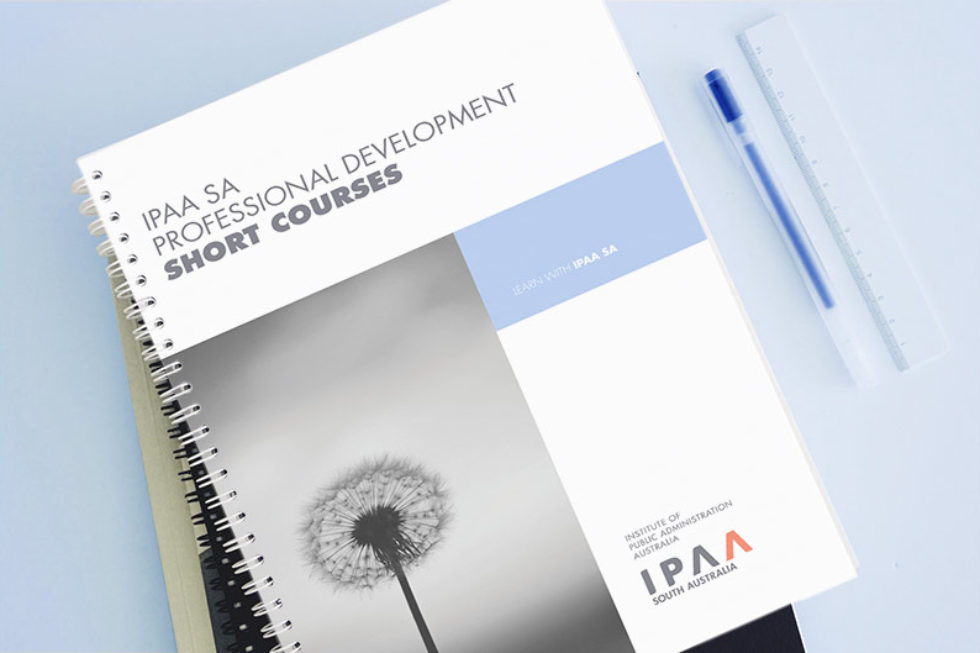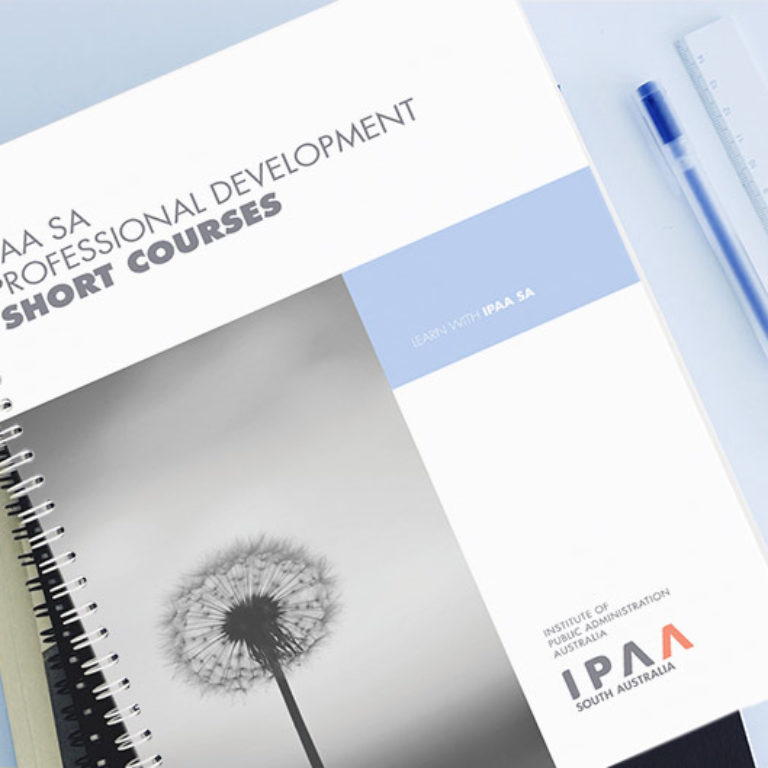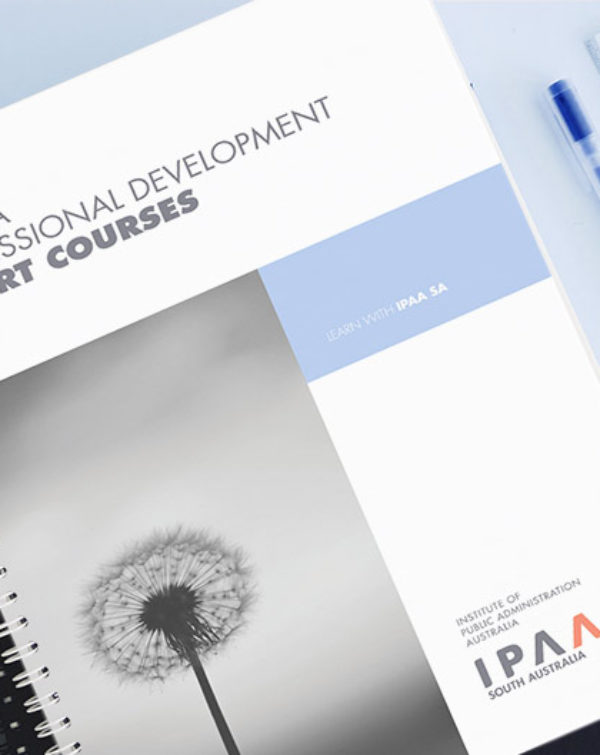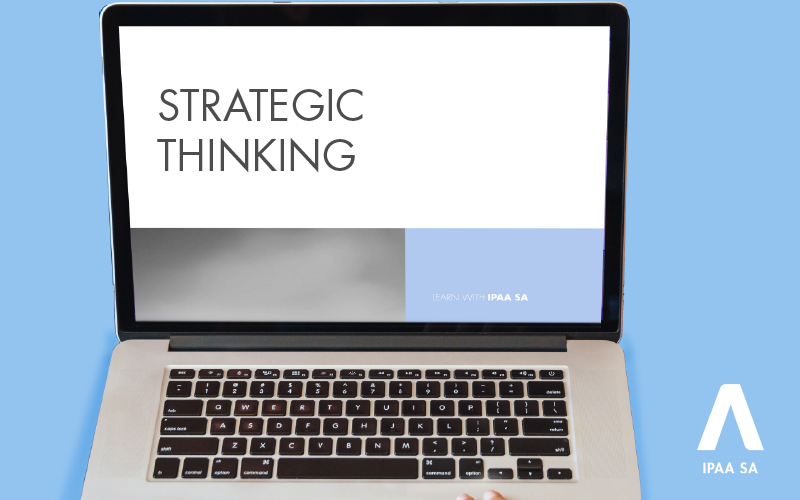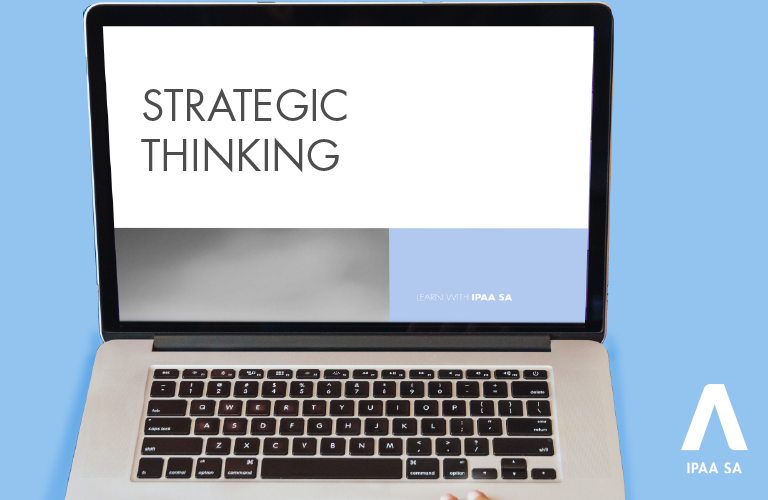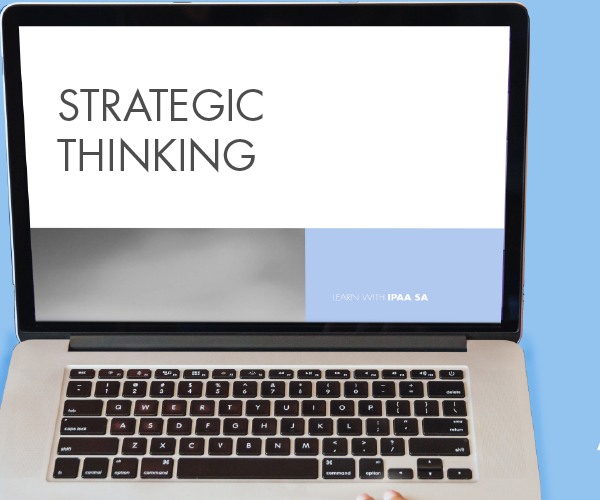Disability Inclusion: Accessible Events
Explore practical tools and inclusive strategies to create accessible and inclusive events—so that more people can attend and participate fully, including older adults, families with young children, CALD communities, and people with disability and their support networks.


